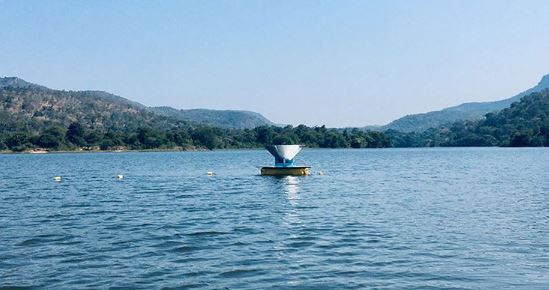Note4Students
From UPSC perspective, the following things are important :
Prelims level: Saras 3
Mains level: Not Much

India’s SARAS radio telescope has helped scientists determine the properties of the earliest radio luminous galaxies formed 200 million years after the Big Bang, a period known as the Cosmic Dawn.
SARAS 3 Telescope
- SARAS stands for Shaped Antenna measurement of the background Radio Spectrum 3 (SARAS) telescope.
- It is an indigenously designed and built at Raman Research Institute and was deployed over Dandiganahalli Lake and Sharavati backwaters, located in Northern Karnataka, in early 2020.
What have the researchers found?
- Researchers have been able to determine properties of radio luminous galaxies formed just 200 million years post the Big Bang, a period known as the Cosmic Dawn.
- These are the masses of the first generation of galaxies that are bright in radio wavelengths.
- This helps provide an insight into the properties of the earliest radio loud galaxies that are usually powered by supermassive black holes.
What is Cosmic Dawn?
- The ignition of the first stars marks the end of the Dark Ages and the beginning of our “Cosmic Dawn,” some 100 million years after the Big Bang.
- For the first time, our universe began shining with a light other than the afterglow of the Big Bang.
- SARAS 3 had improved the understanding of astrophysics of Cosmic Dawn by telling astronomers that less than 3% of the gaseous matter within early galaxies was converted into stars.
- It found that the earliest galaxies that were bright in radio emission were also strong in X-rays, which heated the cosmic gas in and around the early galaxies.
Click and get your FREE Copy of CURRENT AFFAIRS Micro Notes
Get an IAS/IPS ranker as your 1: 1 personal mentor for UPSC 2024
